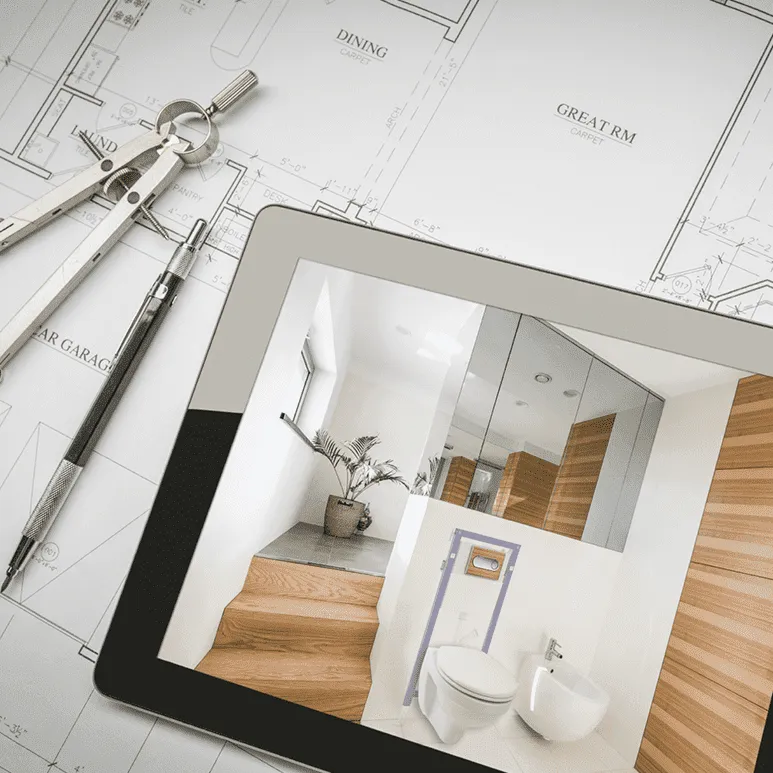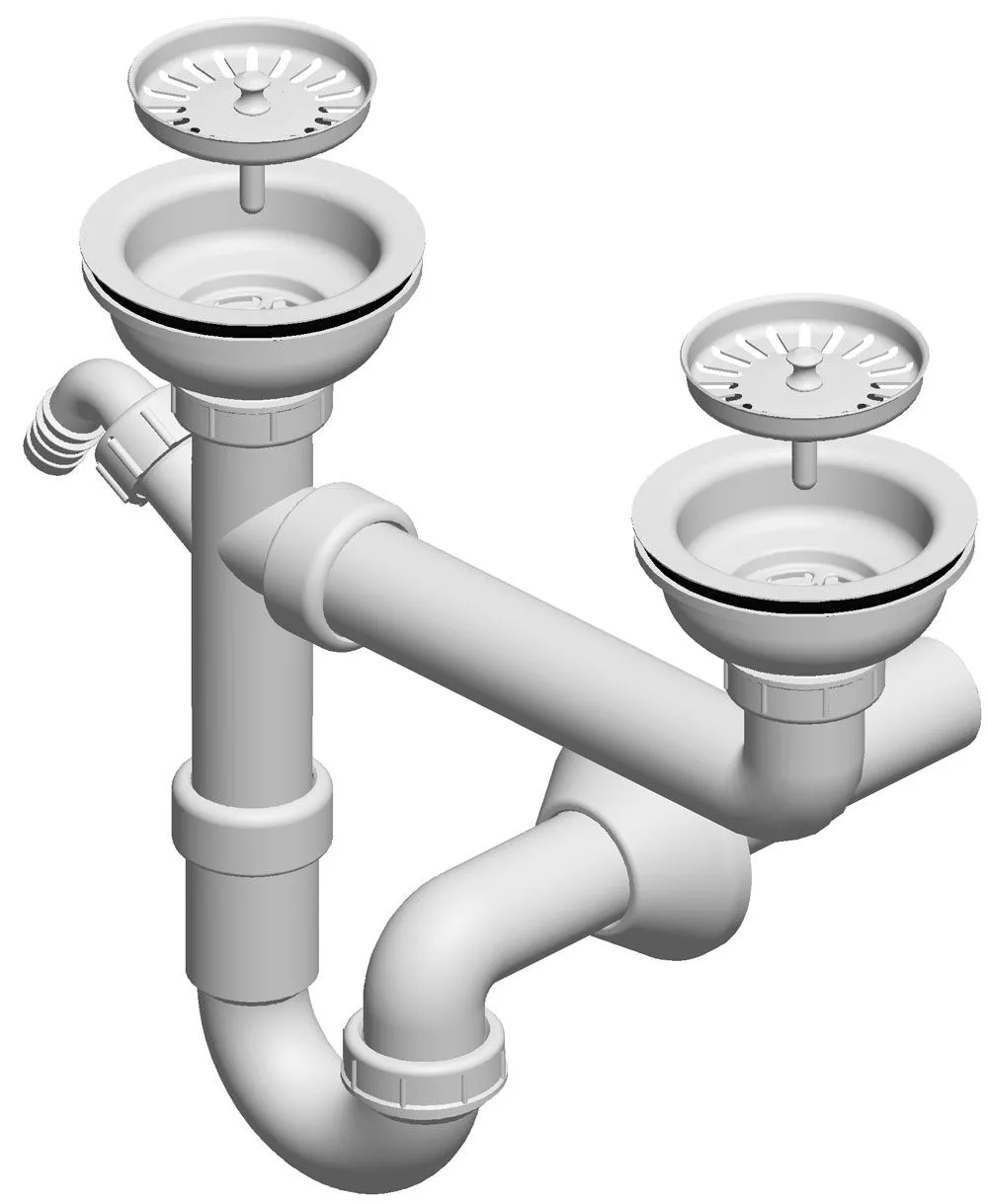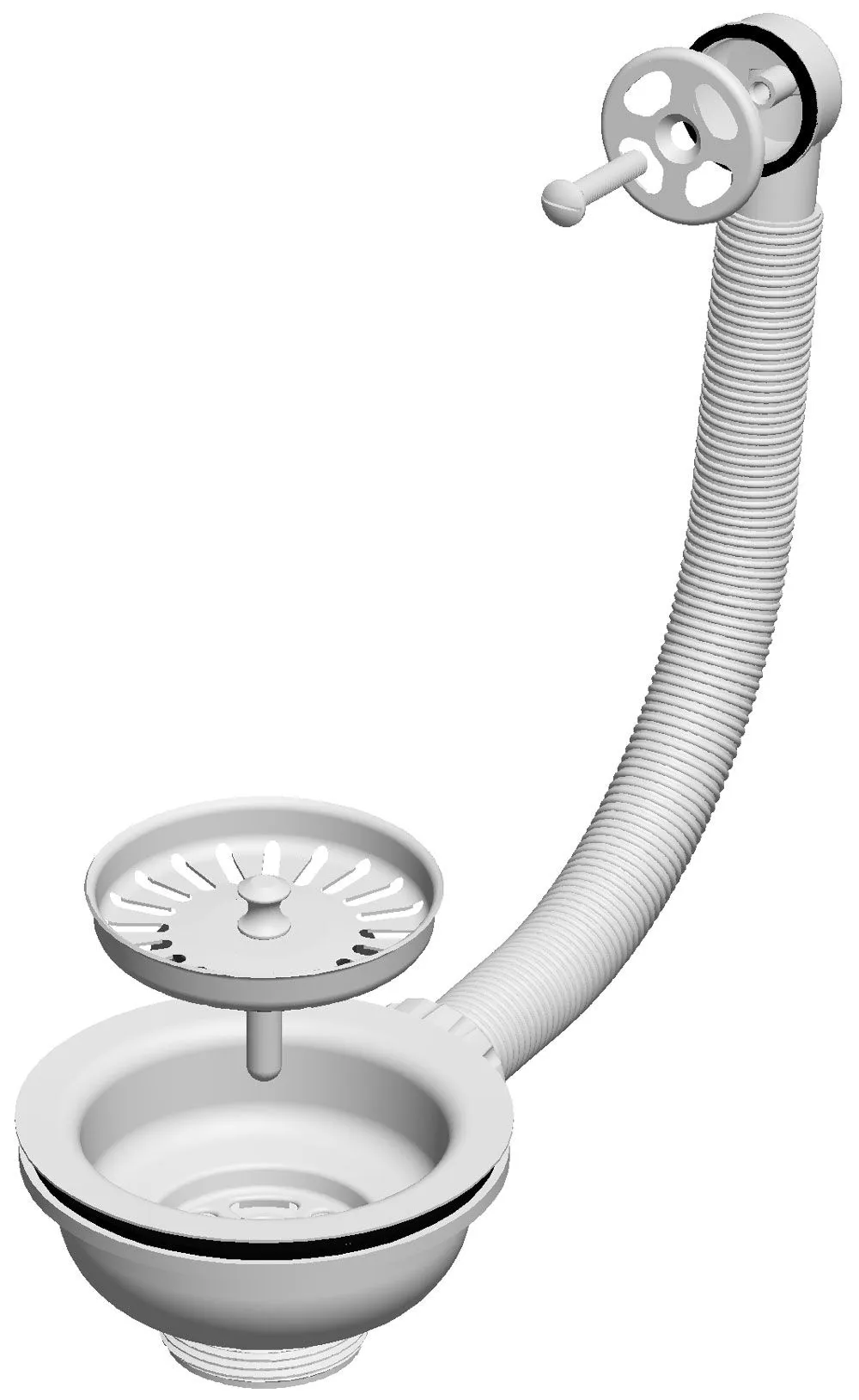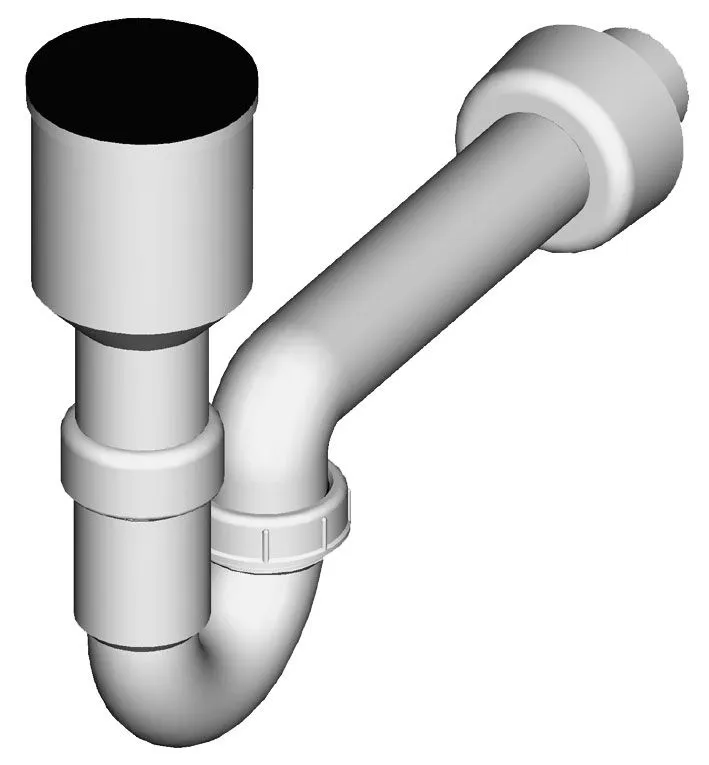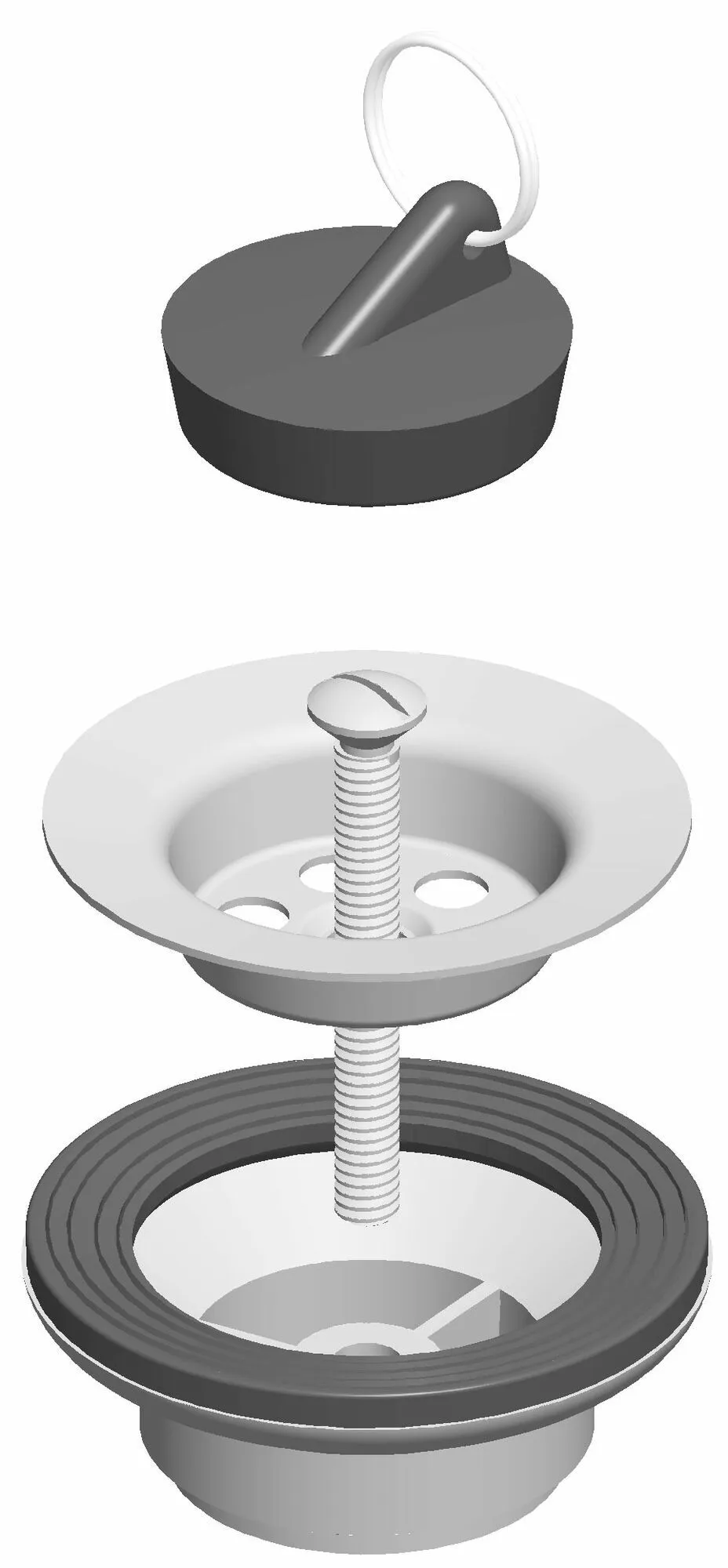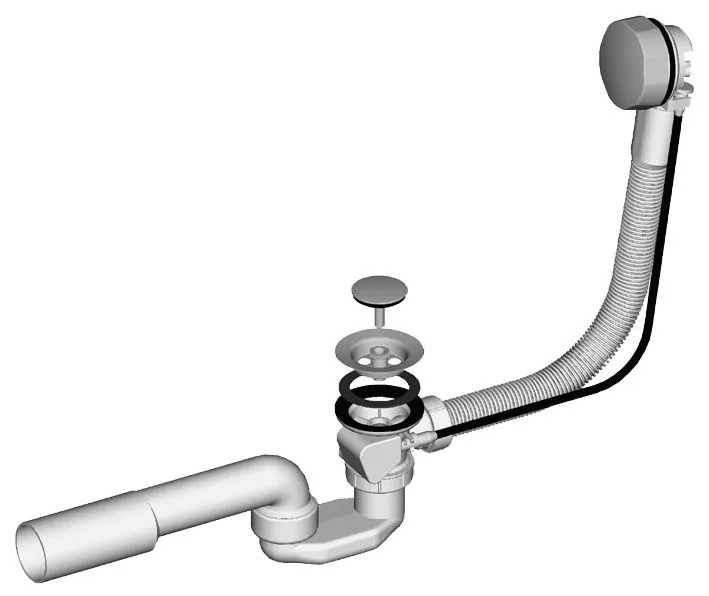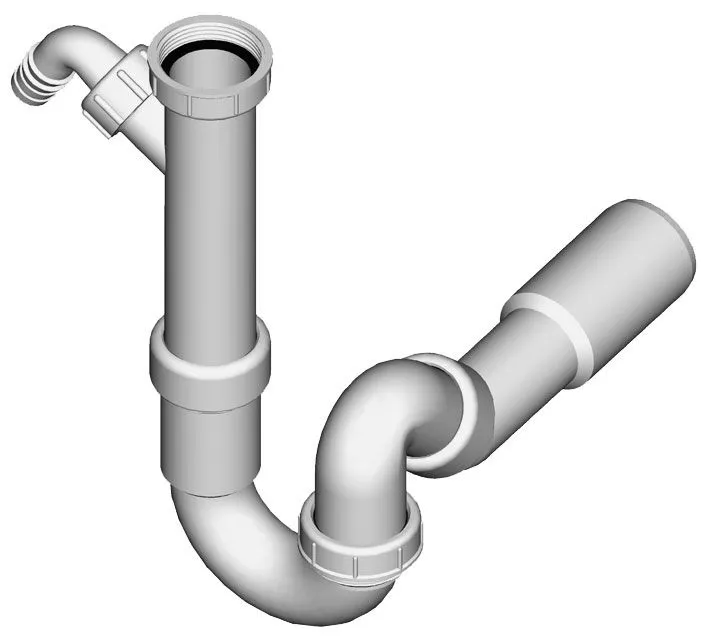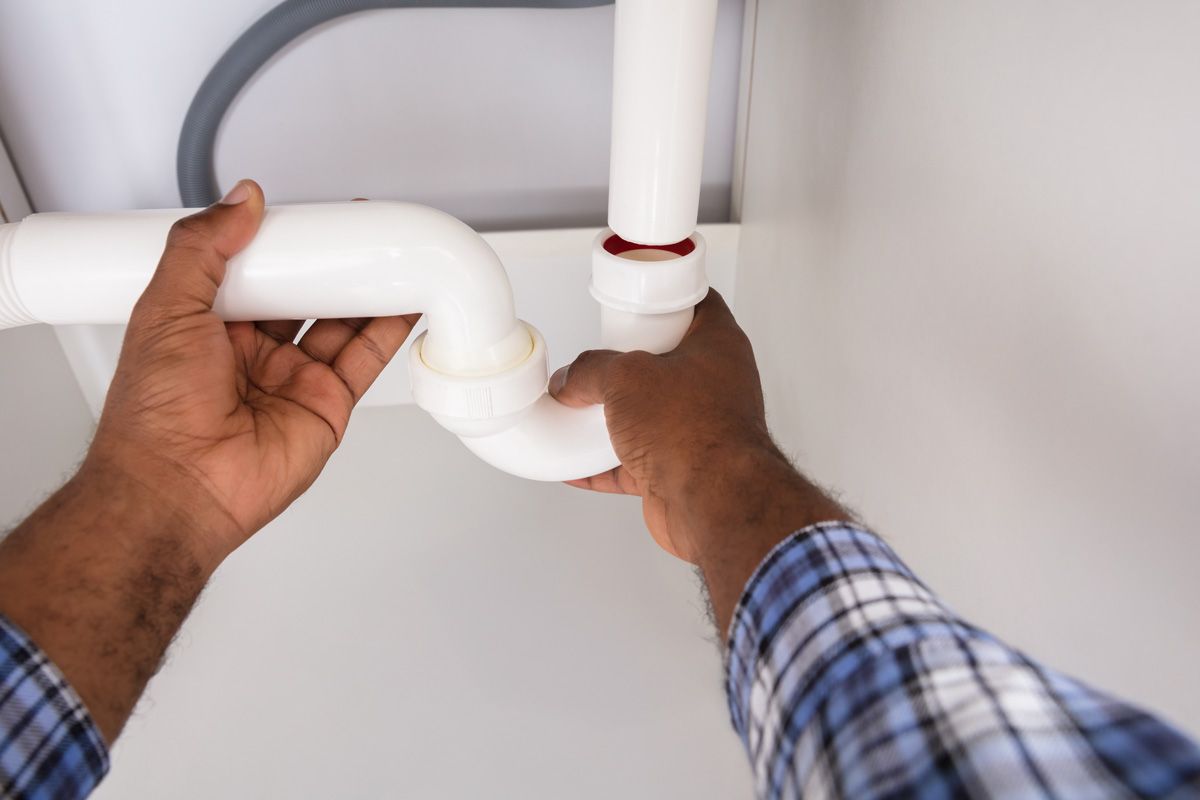
How to Ensure the Flawless Operation of Traps and Discharge Valves?
Proper maintenance and timely replacement of traps and discharge valves are essential for the smooth operation of drainage systems in bathrooms and kitchens. These components prevent unpleasant odors and ensure the efficient drainage of water. In this article, we will look at how to properly clean, maintain, and, if necessary, replace a discharge valve or trap.
Maintenance and Cleaning
Over time, traps and discharge valves accumulate dirt, soap residues, hair, and other impurities, which can lead to blockages or unpleasant odors.
To prevent this, we recommend:
When Is Replacement Necessary?
If you notice slow water drainage, unpleasant odors, or dripping under the sink or washbasin, it may be time to replace the trap or discharge valve.
Possible reasons for replacement include:
Replacement Process
- Preparation:
Before starting the replacement, place a container under the trap or valve to catch any remaining water. Also, prepare an appropriate wrench and the new replacement part. - Removing the Old Trap or Valve:
Carefully unscrew and remove the trap. For discharge valves, the upper part of the valve must first be removed from the sink or washbasin. - Cleaning the Connections:
Before installing the new component, clean the drain pipe and connection surfaces. - Installing the New Trap or Valve:
Install the new trap or valve according to the manufacturer's instructions, ensuring proper sealing. - Checking for Leaks:
After installation, run water and check if all connections are properly sealed.
Replacing a trap or discharge valve is generally easier for a bathroom sink than for a kitchen sink.
The reasons for this are:
- Simplicity of the System:
Bathroom sinks usually have a simpler drainage system with fewer connections and components, making access and replacement of the trap easier. - Complexity of the Kitchen Sink:
Kitchen sinks often have double basins, additional connections for dishwashers, and more complex trap systems. This means more components and potential leak points, which can complicate trap replacement. - Space Constraints:
The space under a kitchen sink is often limited due to stored cleaning supplies and other items, making access to the trap and its replacement more challenging.
When replacing a trap in a kitchen sink that consists of multiple parts and has a connection for a dishwasher, we recommend:
- Carefully examining the existing system:
Before removing the old trap, take note of how the individual parts are connected to make installing the new one easier. - Using a trap with suitable connections:
Ensure that the new trap allows for dishwasher connection and matches your sink’s configuration. - Checking all connections for leaks:
Due to the higher number of connections and fittings, there is a greater risk of leaks, so thoroughly inspect all joints after installation.
Choose LIV Quality
For durability and worry-free use, we recommend using high-quality traps and discharge valves. Our product range includes:
- Discharge valves in various sizes and overflow designs (round or rectangular), suitable for kitchen sinks and washbasins.
- Traps made of high-quality PP material, resistant to high temperatures and cleaning agents. Their high flow capacity and easy cleaning ensure safe and long-lasting use. Specialized traps for different purposes: traps for kitchen sinks, washbasins, air conditioning units, washing machines, urinals, bidets, shower trays, bathtubs, and floor drains.
Conclusion
With proper maintenance and quality products, you can ensure the flawless operation of your drainage system and avoid unnecessary issues.
Check out our selection and choose the best solution for your home!





